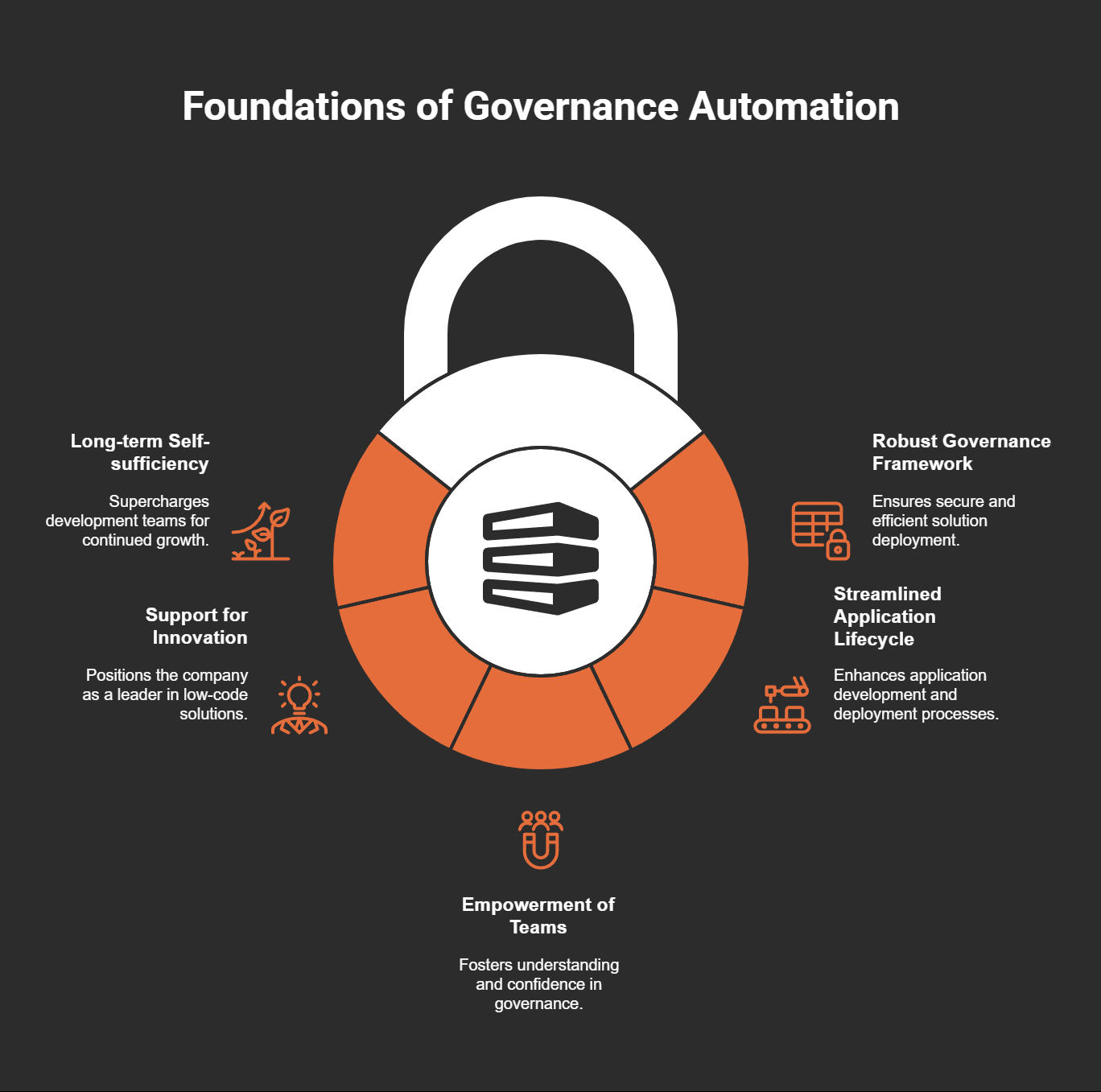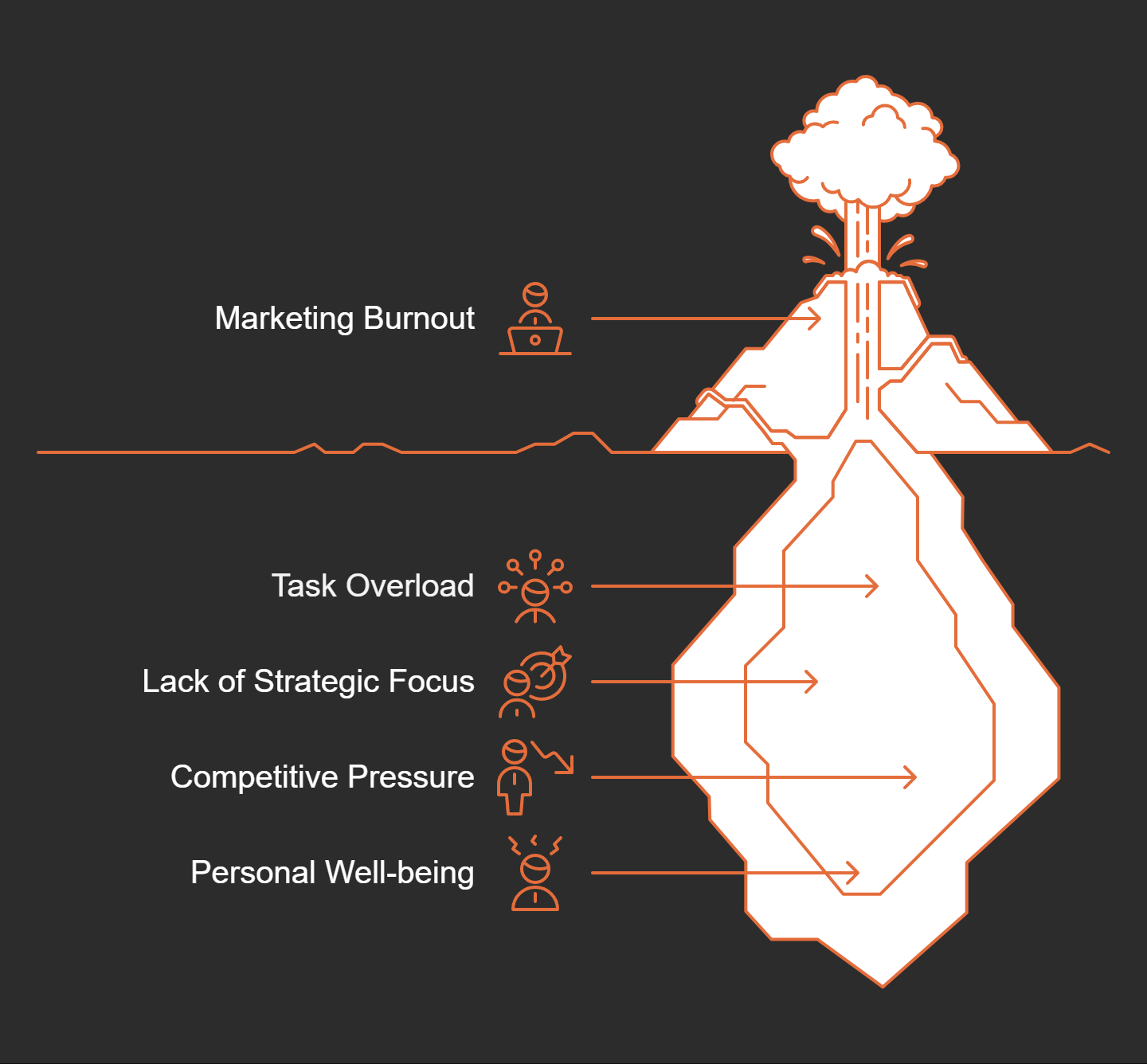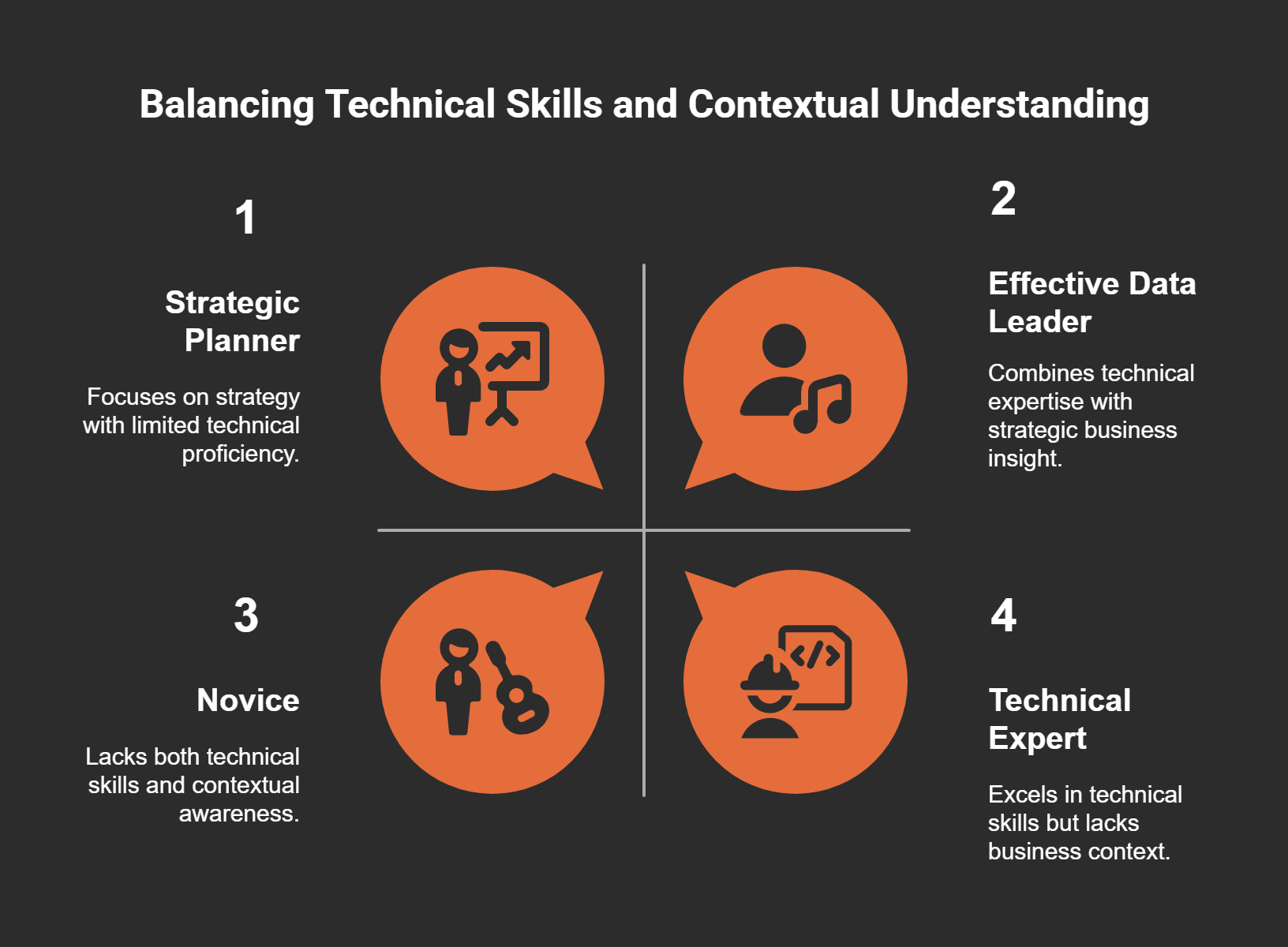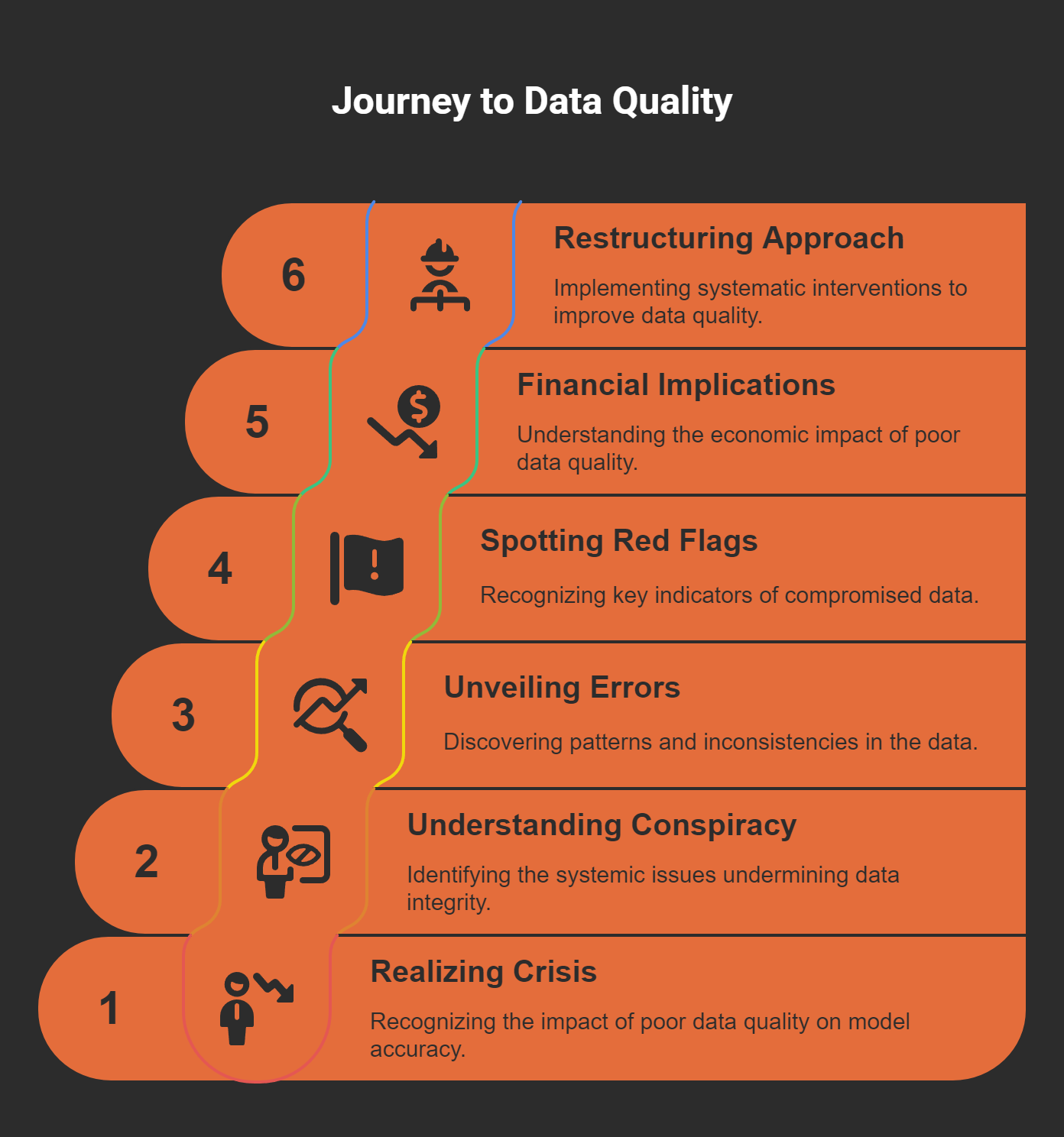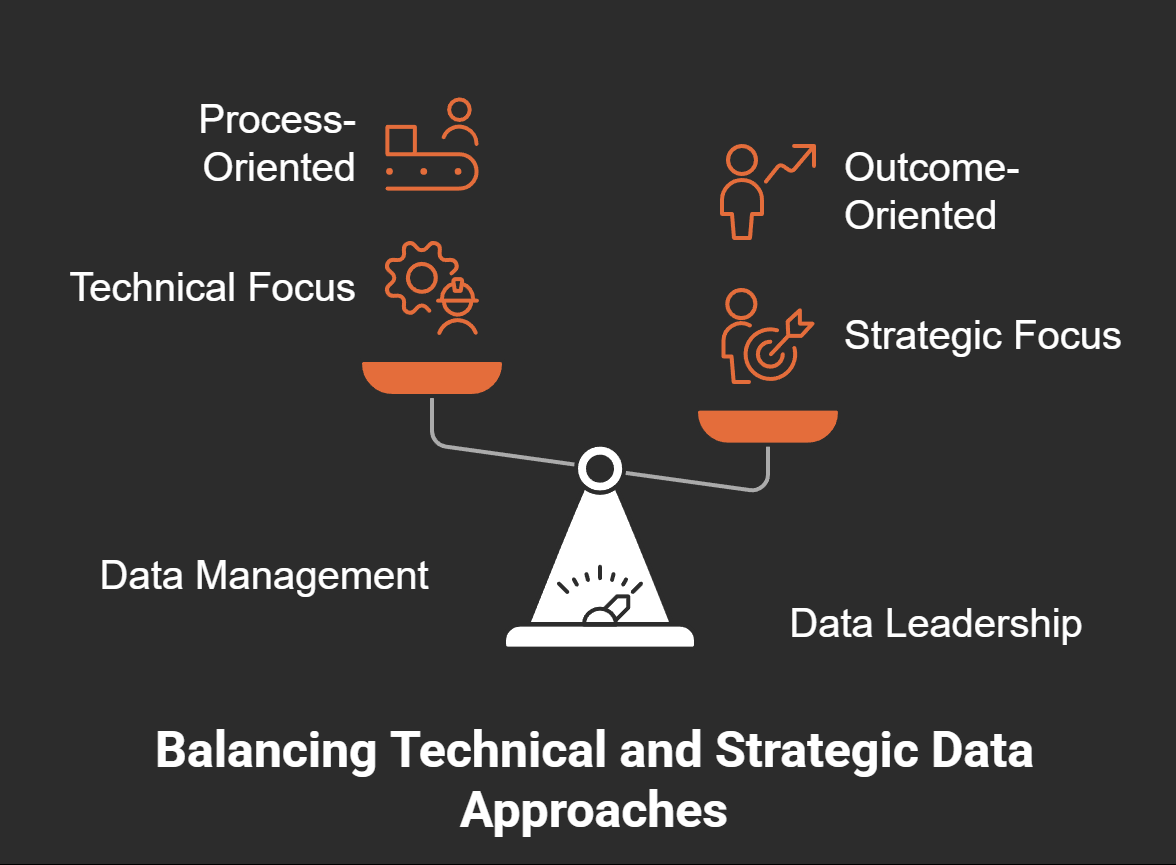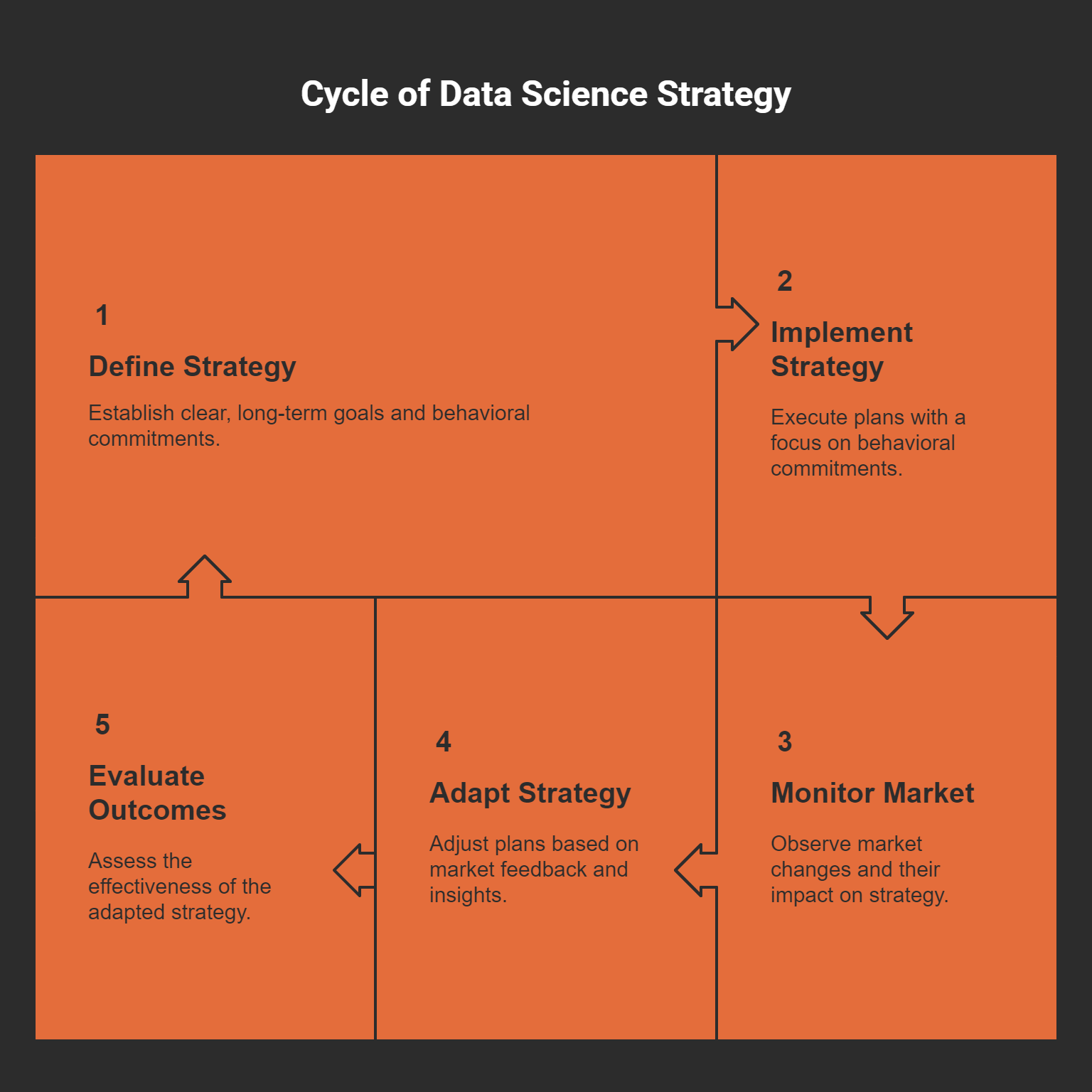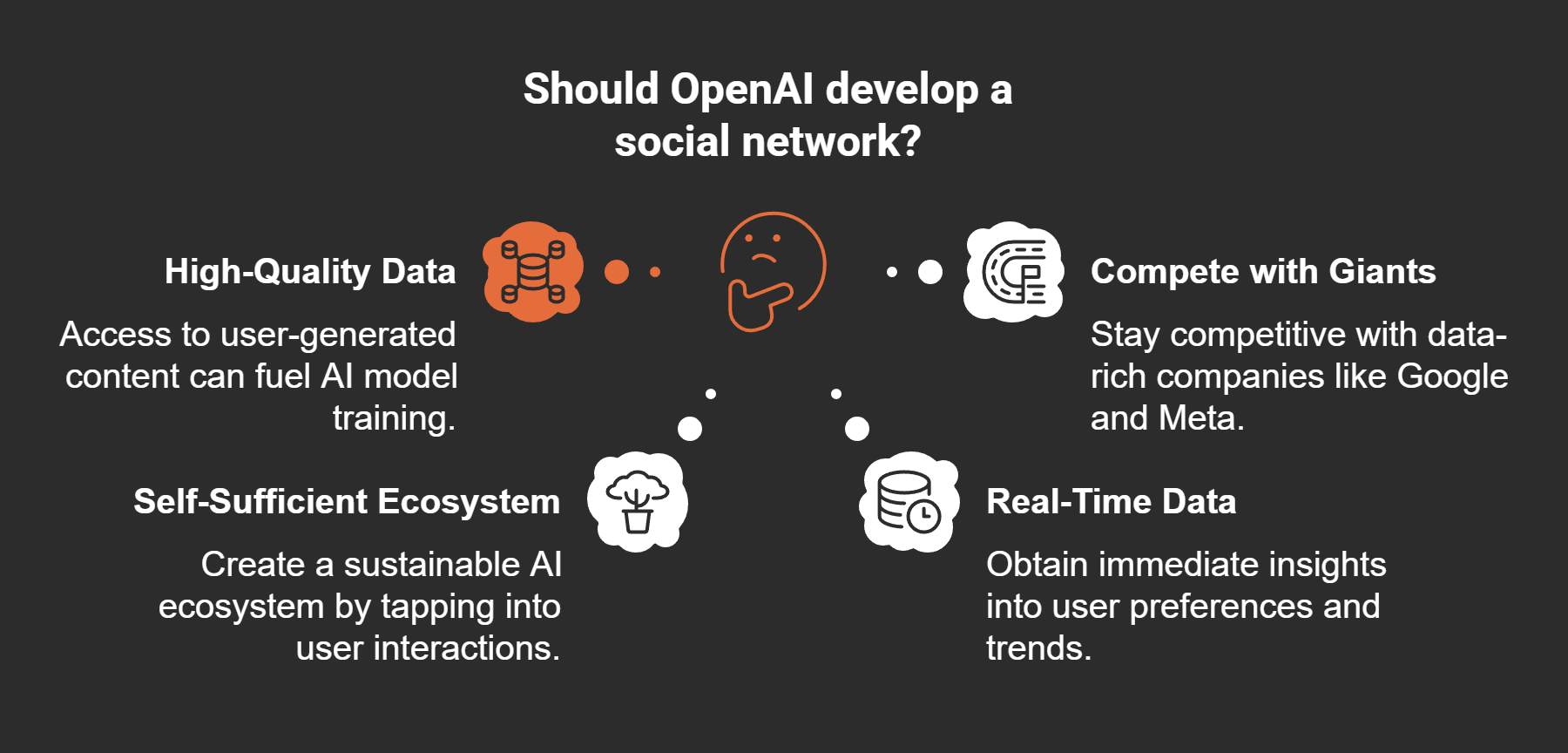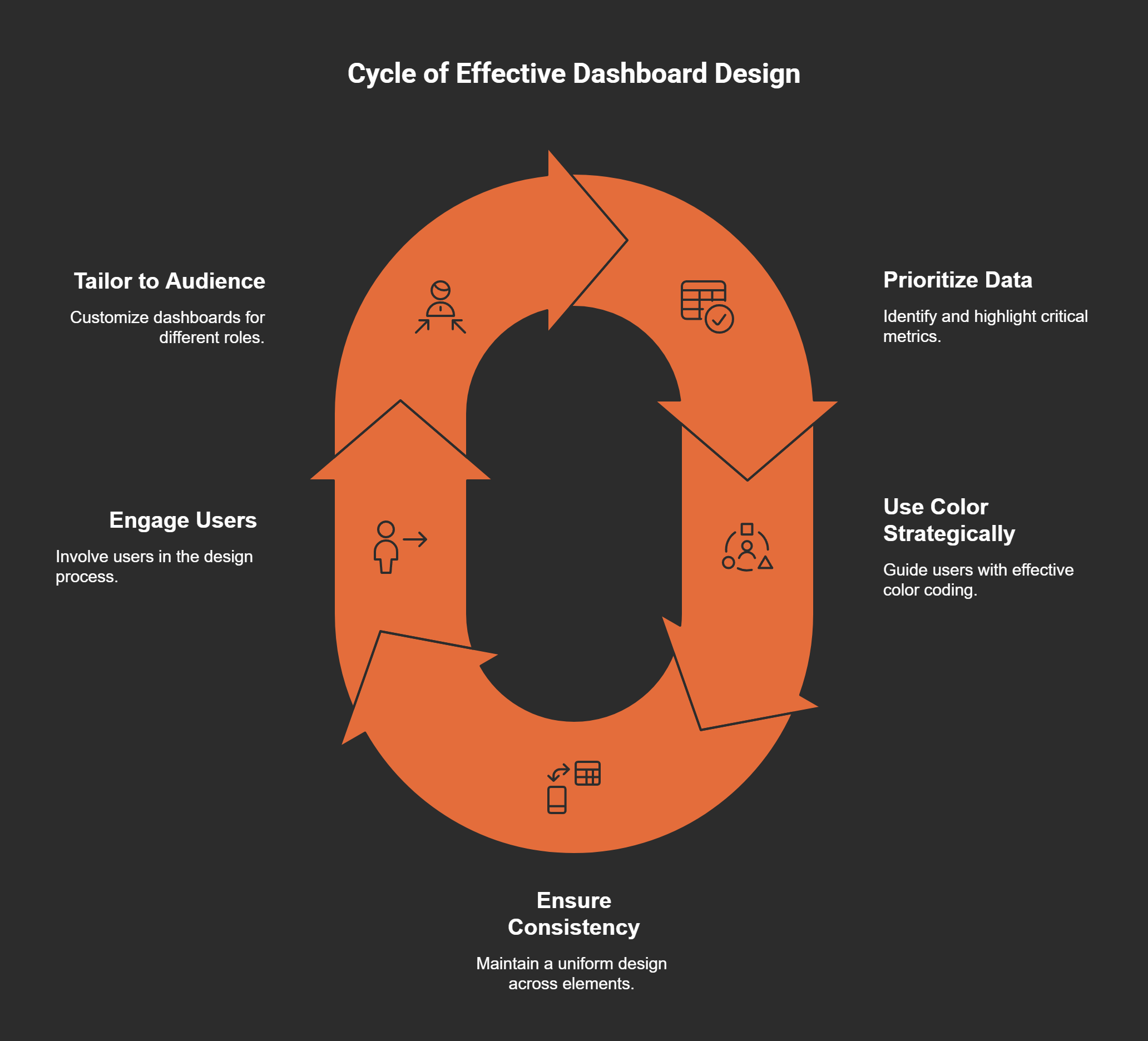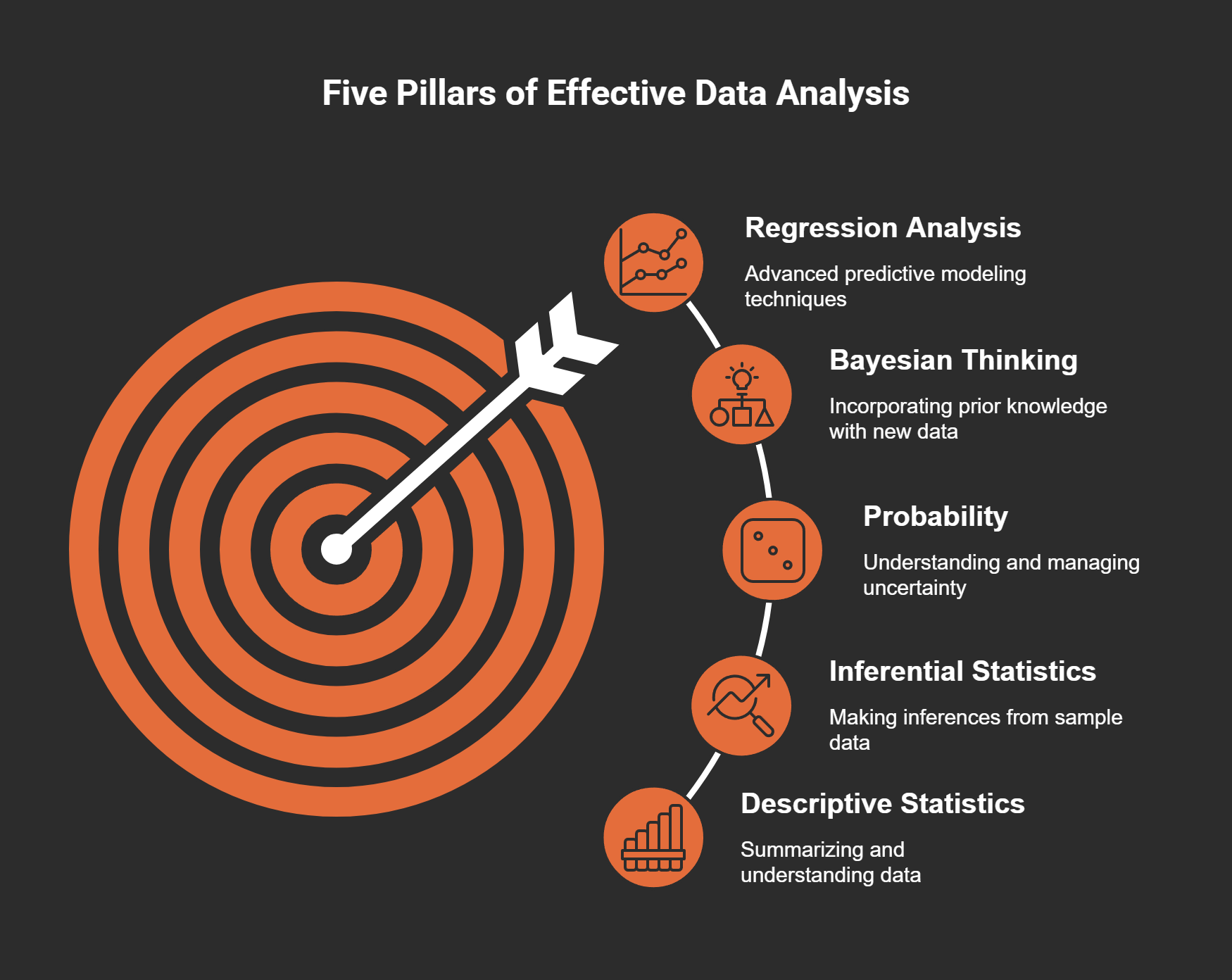Machine Learning: The Hidden Patterns in Your Data
Description
As I sift through the mountain of data my business generates daily, I often find myself asking: How can I truly harness this information to guide my decisions? It wasn't until I delved into machine learning that I realized the hidden goldmine of insights just waiting to be uncovered. In this post, I’ll share my journey to understanding how algorithms shape our world and how they can reshape ours.
The Power of Data in Today's Business Landscape
Have you ever thought about how much data is generated each day? It's staggering. We are talking about 2.5 quintillion bytes of data produced daily. Yes, you heard that right! This enormous volume of data is not just numbers; it’s a critical asset driving business strategy across industries.
Understanding the Data Explosion
In our fast-paced digital world, traditional analysis methods struggle. They can’t keep up with the sheer volume of data. We are drowning in information, yet finding valuable insights seems harder than ever. As I delve deeper, I find that harnessing this data effectively is the key to improved strategies and decisions.
* Data is a critical asset in driving business strategy.
* Traditional analysis struggles with the sheer volume of data.
* Algorithms can reveal patterns that human analysts might miss.
* Harnessing this data effectively can lead to improved strategies and decisions.
Algorithms: The Invisible Decision-Makers
Here’s a thought: algorithms are now the invisible decision-makers in many aspects of our lives. From my social media feed to the products recommended to me while shopping online, algorithms curate content tailored to my preferences. Isn’t it fascinating how they shape our daily experiences? However, this reliance on algorithms isn’t without its challenges.
"Data is the new oil." - Clive Humby
When algorithms analyze data, they can uncover hidden patterns automatically. For example, when I search for a product, the results I see can significantly vary based on my past interactions and the data points collected. This is the magic of machine learning! It can reveal insights that traditional analysis might overlook.
The Challenge of Data Volume
Yet, with this data explosion, there’s a challenge. Up to 90% of data goes unanalyzed because traditional statistical methods can’t keep pace. As I navigate through this landscape, I realize that organizations often collect vast amounts of data that remain untapped due to these limitations.
By 2025, the global data sphere is projected to reach an astonishing 175 zettabytes. That’s a mind-boggling number! How do we make sense of such vast quantities of information? The answer lies in understanding the two primary machine learning approaches: supervised and unsupervised learning.
Machine Learning: A New Frontier
Supervised learning uses labeled data to predict outcomes, while unsupervised learning discovers patterns in unlabeled data. As I explore these techniques, I realize they can provide invaluable insights. Understanding the right approach can help align our objectives, whether we are seeking predictive accuracy or exploring data.
Data preparation also plays a vital role. It’s said that about 80% of a data scientist’s time is spent on data preparation. Properly preparing data ensures reliable outcomes. Each step, from collection to cleaning and feature engineering, profoundly impacts the insights we extract.
Real-World Applications of Data
Take healthcare, for instance. The application of machine learning here is revolutionary. Algorithms can analyze patient data to predict treatment responses and optimize care processes. The results often surpass human capabilities. This transformation offers a chance to minimize healthcare disparities, especially in resource-limited settings.
I've learned that machine learning isn’t just for experts. Tools like Google Colab make it accessible to anyone. It’s about starting with manageable datasets and gradually integrating these concepts. By doing so, I can turn raw data into strategic intelligence that enhances organizational decision-making.
As I reflect on this information, it becomes clear: the ability to extract meaningful patterns from data is essential. Recognizing and utilizing machine learning can yield significant advantages in today’s data-driven world. The world is changing, and so must we!
Navigating Algorithmic Influence in Daily Life
As I navigate through my day, it becomes increasingly clear that algorithms are no longer just a part of the tech world; they are integral to our daily lives. Algorithms shape our social media interactions and shopping behavior in ways we often overlook. They are invisible decision-makers, quietly influencing the choices we make and the information we consume.
The Power of Algorithms
Have you ever scrolled through your social media feed and wondered why certain posts catch your eye? Or why some products pop up in your online shopping recommendations? This is the work of algorithms at play. They analyze my past behavior, preferences, and interactions to curate content that resonates with me.
* Algorithms determine what we see: From news articles to video recommendations, every click influences future suggestions.
* Shopping made personal: When I search for items, the results are tailored based on my previous activity, enhancing my shopping experience.
It’s fascinating to realize that approximately 80% of online interactions are influenced by algorithms. This statistic isn't just a number; it reflects how deeply embedded algorithms are in our digital interactions. Understanding this influence is crucial in our decision-making process.
Invisible Decision-Makers
Let’s look at broader implications. Invisible decision-makers extend beyond social media and shopping sites. They affect significant areas like credit scoring and loan applications. Have you ever thought about how your credit score is determined? Algorithms digest your financial history and make decisions that can impact your ability to secure loans. This reliance on historical data can perpetuate biases, leading to unfair treatment in critical areas.
* Credit scoring: An algorithm assesses your risk based on your financial behavior.
* Loan applications: Algorithms can either open doors or shut them based on their assessments.
This raises an important question: Are we allowing these algorithms to govern our lives without understanding their underlying mechanisms? It’s essential to grasp how these algorithms work, especially if they are making decisions that affect our futures.
Understanding Algorithms in Decision-Making
While algorithms have the power to enhance our experiences, they also bring ethical concerns. Historical data, when biased, can lead to discrimination in decision-making processes. If we fail to acknowledge these biases, we risk perpetuating discrimination, particularly in hiring practices and financial assessments.
As Peter Drucker wisely said,
"You can’t improve what you don’t measure."
This holds true for the algorithms that shape our lives. We must measure their impact and understand their functionalities to improve our interactions with them.
Everyday Examples of Algorithmic Influence
Let’s consider a few examples of algorithmic influence in our daily lives:
* Social Media: Algorithms determine which posts I see, influencing my opinions and interactions.
* Online Shopping: Recommendations based on my browsing history guide my purchasing decisions.
* Streaming Services: Suggestions for movies and shows are tailored to my viewing habits, making it easier for me to find content I enjoy.
These examples illustrate how algorithms are woven into the fabric of our everyday experiences. We must be aware of their influence, but how can we do that?
The Path Forward
Ultimately, understanding these algorithms is vital. It empowers us to make informed choices. When we recognize that algorithms shape our decisions, we can act more intentionally in our digital lives. We can question the process, seek transparency, and demand fairness.
As I reflect on the pervasive influence of algorithms, I am reminded that they are tools. Tools that can be harnessed for good or misused for bias. The choice is ours to navigate this complex landscape with awareness and intention.
Machine Learning: A Game Changer in Data Analysis
In today’s data-driven world, the sheer volume of information can be overwhelming. Did you know that traditional data analysis methods often leave a staggering 90% of data unanalyzed? I find this hard to believe, yet it’s true. This gap presents a significant missed opportunity. The good news is that machine learning (ML) can step in to fill this void.
The Power of Machine Learning
Machine learning has the ability to autonomously find connections in large datasets. Imagine having an assistant who can sift through mountains of data to uncover hidden patterns. That's what ML does. It’s like having a detective who can spot clues that lead to the bigger picture. This capability is essential in a world where data is generated at an unprecedented rate.
Understanding Learning Approache



